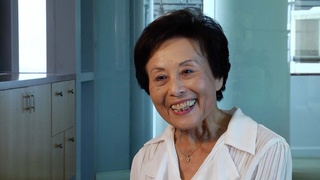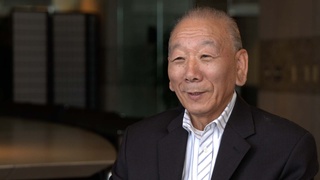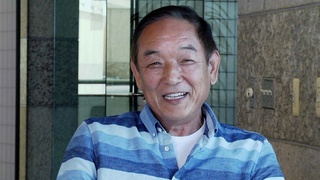Entrevistas
First Impressions of the US
Coming here, the first thing we saw was houses on the hills of Wilmington and San Pedro, and we were just amazed with all those colorful houses, and then huge front lawns of the houses, and the cars – different colors of cars. We only saw like – cars were only black or maroon – real dark maroon in Japan. And when we had a chance to see them, what was like in relatives’ home, we were amazed, like refrigerator, washing machine, sewing machine – electric sewing machine, and then television, that it’s inside the house, you know. That was, like amazing also. So many electrical things that we did not have. A washing machine wasn’t – even the one that you rode to squeeze was amazing to us. And just – everything we saw was like eye-popper. And also freeway was another huge surprise, and then the mountains, without hardly trees, and all brown and bare. There’s no mountain like that in Japan.
Data: July 12, 2017
Localização Geográfica: California, US
Entrevistado: Mitsue Watanabe, Yoko Nishimura, Leighton Okada
País: Watase Media Arts Center, Japanese American National Museum











